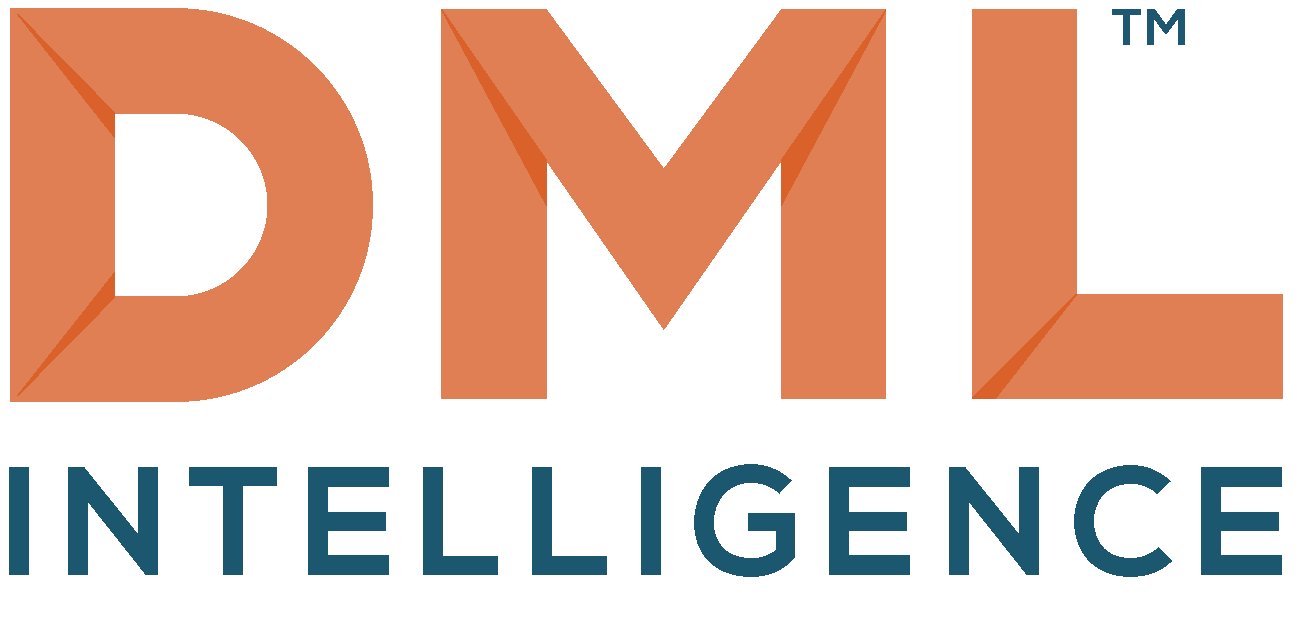In the modern business landscape, data is the lifeblood of change. It’s through the lens of advanced analytics that organizations can truly unlock their potential and drive sustainable growth. I’ve witnessed this transformation firsthand through my work in integrating advanced analytics to enhance HR effectiveness and decision-making across various companies.
Imagine a sprawling, dynamic organization akin to a bustling city. Each department is like a neighborhood with its own unique culture, challenges, and needs. When I first arrived at these companies, I saw the intricate web of operations and the hidden inefficiencies that were stifling growth. My mission was to bring clarity and direction using the power of data.
One of the most striking examples was my engagement with a major corporation struggling with high employee turnover and low morale. The first step in my approach was to gather data from various sources: employee surveys, performance metrics, and exit interviews. This comprehensive data collection was the foundation upon which we would build our insights. It was like assembling the pieces of a complex puzzle, each piece revealing more about the organizational landscape.
With the data in hand, I moved to the analysis phase, employing advanced statistical techniques to identify patterns and correlations. It was here that the true magic of analytics shone through. The data pointed to specific departments with high conflict rates and low engagement scores. These insights were not just numbers; they were a roadmap to transformation. I presented my findings to the leadership team, painting a vivid picture of the current state and the potential for improvement.
Armed with this knowledge, we implemented targeted interventions. For instance, in one department, we introduced a new conflict resolution program coupled with a revamped performance management system. The changes were data-driven, ensuring they addressed the root causes rather than just the symptoms. This was not a one-size-fits-all solution but a tailored strategy designed to meet the unique needs of each team.
Within six months, the targeted departments saw a significant reduction in conflict incidents and a noticeable increase in employee satisfaction. Turnover rates dropped, and productivity soared. The organization, once plagued by inefficiencies, began to operate like a well-oiled machine. The power of data-driven decision-making had turned the tide, transforming chaos into order and driving remarkable improvements in operational efficiency.
Reflecting on this journey, it’s clear that advanced analytics is not just a tool but a catalyst for change. It empowers organizations to move from intuition-based decisions to ones grounded in data, ensuring that every action taken is backed by solid evidence. This shift leads to better resource allocation, improved employee engagement, and ultimately, enhanced business performance.
Optimizing business operations with advanced analytics is like navigating through a dense forest with a detailed map. The path becomes clear, obstacles are anticipated, and the journey to operational excellence is accelerated. My experience in integrating analytics into business operations has shown that with the right data, organizations can unlock unprecedented levels of efficiency and effectiveness, transforming challenges into opportunities for growth.
